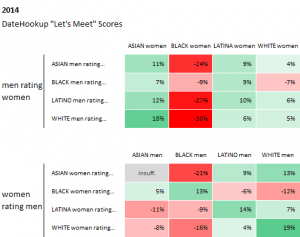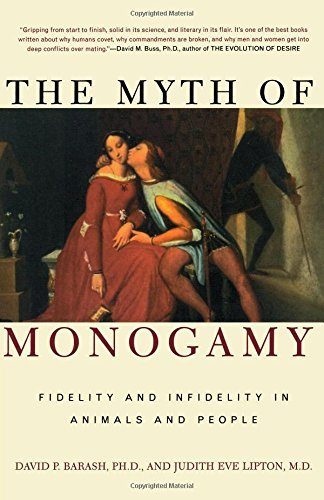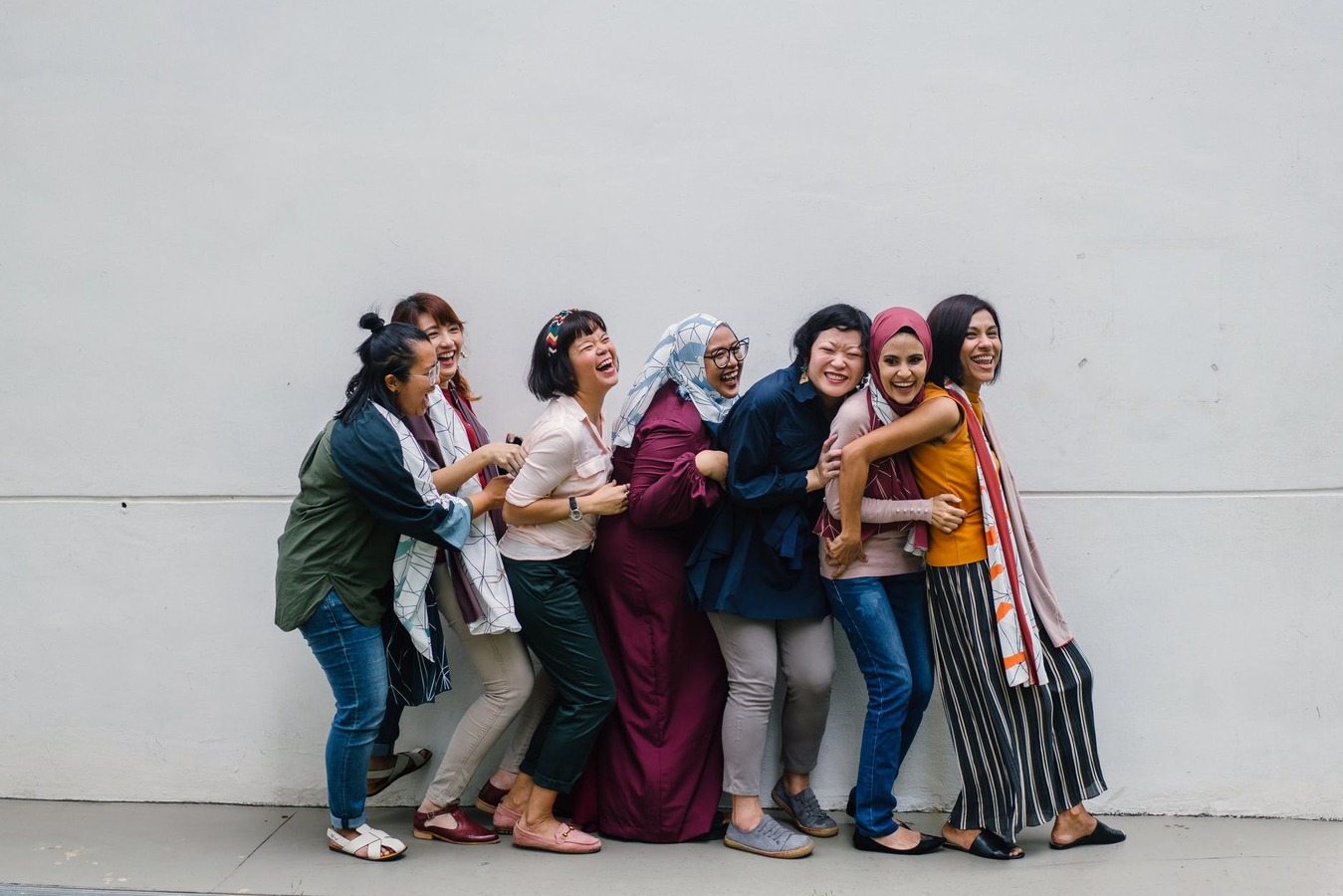By Andrew SVN.
Welcome to the third article of this series on structural racism in conscious sexuality. In this article we’ll explore attitudes towards race.
It’s not uncommon to encounter “colour-blind” attitudes to race in the conscious sexuality community. While it may be well intentioned to see every person as belonging to “one race – the human race” the impact is stifling for those of us who need one of the most primary elements of our identity – our race – to be seen, acknowledged and enthusiastically supported by those around us. Particularly when we spend the vast majority of our time absorbing negative rhetoric about ethnic minority identities in the economy, the media and in politics (e.g. “too ugly”, “too hairy”, “too masculine”, “too feminine”, “too lazy”, “too studious”, “too angry”, “too meek”).
We need to be clear that BDSM and conscious sexuality spaces are not immune from the negative sexual stereotyping that is applied more widely to ethnic minorities – whether it be the assumed submissiveness of east Asian and south Asian people, or the assumed hyper-sexuality of black people. Sajae Elder has written in Vice about her experience as a black woman in the BDSM scene – in particular the sexual assumptions that are made about her based on her racial identity. Sexual preferences relating to race are not neutral and require quality discourse to address any conscious or unconscious biases that may be playing out – which typically detriment black and minority ethnic (BAME) people.
These biases extend to the realm of dating – in particular online dating. In 2014 OKCupid published a study revealing that its users have a general preference for white men and women – with Asian men and black women being least preferred (see Figure 1 below). While OKCupid felt that racial preferences on their site were no worse than racial preferences in wider society the study provided clear evidence that love isn’t blind when it comes to race.
The original OKCupid study was mysteriously removed earlier this year but can be found in archived form here.

Figure 1: Table of preferences on DateHookup (owned by OKCupid)
Exploring online dating in this article may feel like a bit of a detour but, for me, it’s a salient excursion. Many people in the conscious sexuality community use online dating platforms – OKCupid being particularly popular due to its extensive set of gender and relationship categories among other things. For me, the findings from the OKCupid study are a reasonable proxy for racial preferences in the conscious sexuality community. While there will, of course, be individual counter-examples to this, I think we can be confident that, in conscious sexuality spaces, white people are likely (in general) to be treated preferably to non-white people – whether that’s in a workshop, dating or relating scenario.
All of the above suggests that we all need to address any conscious and unconscious biases we may have when it comes to dating and relating. Simply saying that we have “no preferences” sidesteps the issue of structural racism. While some may genuinely have inclusive attitudes towards race we do need to remain vigilant towards our own attitudes given the way our society is configured along the lines of race. This isn’t about self-flagellation. This isn’t about white guilt. It’s about being honest with ourselves about our biases, exploring those biases with curiosity and constructively challenging those that may be problematic – accessing any support we may need in order to do that. We need to be honest with ourselves, and to support each other in that process of pursuing honesty.
In the next article we will explore the diversity of BAME experiences in conscious sexuality spaces.
Are you exploring your own racial biases? Have you found resources to help you in that journey? Let me know in the comments below.
Written by Andrew SVN.
The article on cultural appropriation and the article on inclusion in social spaces.




















